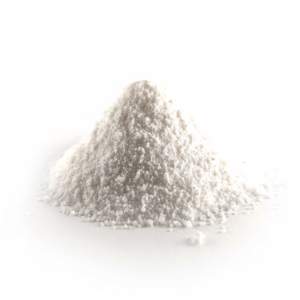3-HO-PCE
Industrial Acids & Bases: Bulk Chemicals for Industrial Applications
Industrial acids and bases are essential chemicals used across a wide range of industries, including manufacturing, pharmaceuticals, water treatment, metal processing, and chemical synthesis. At RealChemStore, we specialize in providing high-purity, industrial-grade acids and bases in bulk quantities to meet the demanding needs of engineers, manufacturers, and industrial buyers.
What Industrial Acids & Bases Include
Industrial acids and bases encompass a diverse category of chemicals, each with specific properties and applications. Key types in this category include:
Common Industrial Acids:
-
Sulfuric Acid (H₂SO₄): Used in fertilizer production, metal processing, and chemical manufacturing.
-
Hydrochloric Acid (HCl): Essential in pickling metals, pH adjustment, and production of chlorides.
-
Nitric Acid (HNO₃): Used in explosives, nitration reactions, and metal etching.
-
Phosphoric Acid (H₃PO₄): Common in food-grade applications, detergents, and rust removal.
Common Industrial Bases:
-
Sodium Hydroxide (NaOH): Used in soap production, chemical synthesis, and water treatment.
-
Potassium Hydroxide (KOH): Important in battery manufacturing, biodiesel production, and alkaline solutions.
-
Ammonium Hydroxide (NH₄OH): Used in cleaning agents, fertilizers, and pH control.
Major Industrial Applications
Acids and bases are foundational in industrial processes for their chemical reactivity, corrosion control, and pH regulation. Key applications include:
-
Metal Processing: Pickling, etching, and cleaning of metals for manufacturing.
-
Chemical Manufacturing: Production of detergents, fertilizers, dyes, and specialty chemicals.
-
Water Treatment: pH adjustment and neutralization of industrial effluents.
-
Pharmaceuticals & Food Processing: Controlled chemical reactions and food-grade processing.
-
Biodiesel & Energy: Catalysis in biodiesel production and battery manufacturing.
Why Industrial Buyers Choose Bulk Acids & Bases
Purchasing industrial acids and bases in bulk ensures cost efficiency, consistent quality, and uninterrupted production processes. Engineers, manufacturers, and industrial buyers rely on high-purity chemicals to achieve precise reactions and maintain compliance with safety standards.
Packaging and Handling
At RealChemStore, we provide acids and bases in various bulk packaging options, including drums, IBC totes, and large-scale containers tailored to industrial needs. Proper handling and storage guidelines are critical:
-
Store in cool, ventilated areas away from incompatible materials.
-
Use corrosion-resistant containers and appropriate personal protective equipment (PPE).
-
Follow local regulations for transport and disposal to ensure safety.
Why Source from RealChemStore
Sourcing from RealChemStore ensures:
-
Industrial-Grade Quality: Reliable purity for consistent industrial performance.
-
Bulk Supply Expertise: Flexible quantities to match production scale.
-
Regulatory Compliance: All chemicals meet international shipping and handling standards.
-
Dedicated Support: Expert guidance for industrial buyers, engineers, and manufacturers.
For reliable bulk supply of industrial acids and bases, contact RealChemStore for quotes and tailored solutions for your production needs.
Showing the single result

